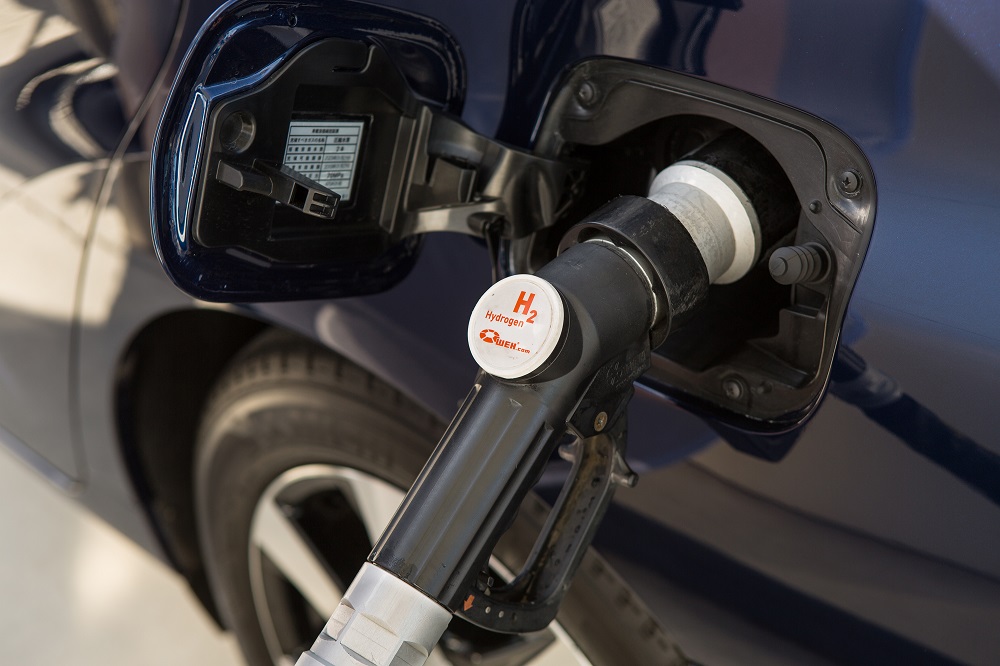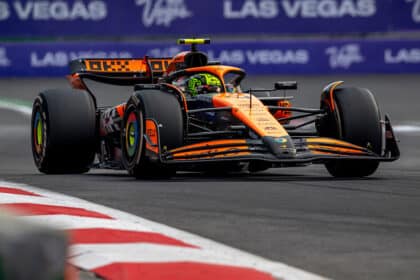 Photo: Toyota
Photo: Toyota
Toyota, Honda, and Shell are continuing to work together to expand California’s hydrogen refueling infrastructure. Earlier this month, the California Energy Commission awarded Shell $40.8 million to install hydrogen refueling equipment at 48 of its existing retail stations.
Shell will also upgrade two of its current hydrogen stations and modify one of its heavy-duty truck stations to support light-duty hydrogen refueling. Toyota and Honda’s involvement is in agreeing to expand the sale of fuel cell electric vehicles in California to help support these new Shell stations.
Learn More: Toyota’s alternative fuel vehicles
At the moment, California is the only place in the United States where one can feasibly own a hydrogen-powered car, but even that isn’t saying much. There are a little under 60 hydrogen refueling stations in the state, the majority of which are clustered around Los Angeles and San Francisco. Shell owns nine of these, seven of which originated through a previous CEC award in 2017.
For a time, hydrogen refueling infrastructure looked to be growing quickly. In October 2015, there were fewer than 12 hydrogen stations in the entire state of California. By the end of 2016, there were about 50. Since then, the building of new infrastructure has stagnated as automakers seem more focused on traditional electric cars than FCVs.
Not Sold On Electrics? Just lease one
Toyota and Honda are just about the only manufacturers making hydrogen fuel cell products, but they don’t seem ready to quit — especially as the technology is picking up momentum in the industrial sector. And with the new CEC grant, Shell is almost about to double the amount of refueling stations in California.
It’s probably not going to get anyone but enthusiastic early adopters to buy an FCV, but these things have to start somewhere. The network for charging electric cars was once abysmal, and still isn’t great — but electric cars are quickly becoming more popular as the inconveniences of owning one gradually go away.
The same could happen with FCVs. Considering that they have longer ranges and faster charge times than traditional electric cars, and use the most abundant energy source in the universe while emitting only water vapor, it’s easy to think the infrastructure is the only thing holding FCVs back.
Kurt Verlin was born in France and lives in the United States. Throughout his life he was always told French was the language of romance, but it was English he fell in love with. He likes cats, music, cars, 30 Rock, Formula 1, and pretending to be a race car driver in simulators; but most of all, he just likes to write about it all. See more articles by Kurt.







